As recorded between the year 2016 and 2017, almost 85% of ship collision is credited to negligence, miscommunication and none professionalism.
In not quite long time ship collision was recorded off Singapore waters, which leads to loss of lives and property.
On the 7th January 2018, another collision occurred in which about 32 crews got missing, while Cargo of about $60 million was a total loss. Not only it was lost but also spill the waters.
On this article let’s discuss on five important ways to prevent ship collision. First’s understand the most popular or common ways ship collision can occur
Ship collision may occur in these form:
1. Stern collision
This kind of collision happens like one vessel running into the rear or stern of another.
2. Board side collision
This is when one vessel is smitten’s on its side by another vessel.
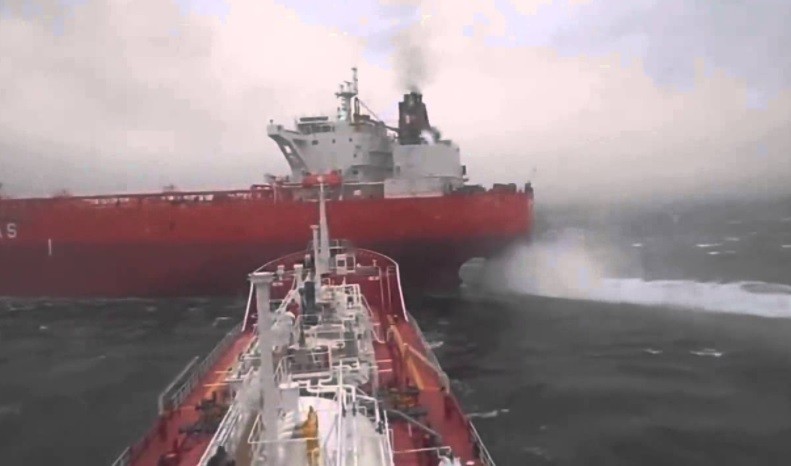
3. Bow to Bow collision:
This occurs when two vessels struck each other from their front ends.
4. Allision collision
This type of collision involves one vessel hitting a stationary object, such as a bridge, seawall, rock, etc.
Following the above listed, none of them do occur without casualties. Therefore there is a need that all crew maintains professional technics to make sure their vessel gets to her destination.
How to avoid ship collisions
To avoid ship collision, there are things ship crew and officers must have in mind and/or understand.
1. Value of life
Before you take an erroneous decision, always remember your life and that of your crew members value.
2. Miscommunication
In many occasions, mostly 75% of the ship collisions involves countries like China and other none English speaking countries. According to Maritime rules, all crew should know the English language for better communications. That is why the marline English test and others have been provided for free training and quick learning.
3. Lack of professionalism
The fact is that rules of the road need to be applied during Navigation. Most captains use to play politics while on a risk job. In a condition where other ship calls to give way, it’s important to respect the call or signals and give way without claiming right. I listed the first point because some navigators do not value life’s under them while in bridge or watch. Work professionally and keep safe.
4. Weather
In about 30% of the collisions involves poor weather or visibility. But in all cases, a lot of rules and guidelines has been listed on your checklists to follow. Try them an sail safe.
5. Engine failure
This point is not that common, because technology has gone so high that, even if you got engine failure, there are other emergency navigational means to keep in control of your ship. Therefore I don’t see any reason to believe that a ship collision happened due to engine failure, except in a high current area.
Conclusion
To bring to the conclusion of this article, I will generally advise that a tough regulation should be applied to all navigators, to learn a common international language, because I believe it may help in better communications and understanding.
Also, see Top Free Maritime English Software For Non-English speaking Seafarers
To support that, an event recording equipment ( like the airplane) should be placed onboard vessels to better understand about the last condition of the vessel.
In Dubai water, Singapore, etc, you will find some crew via VHF provoking each other, either because of the countries politics or self-dislike. With the recording medium, we can stop those provoking words and keep Maritime transport safe.



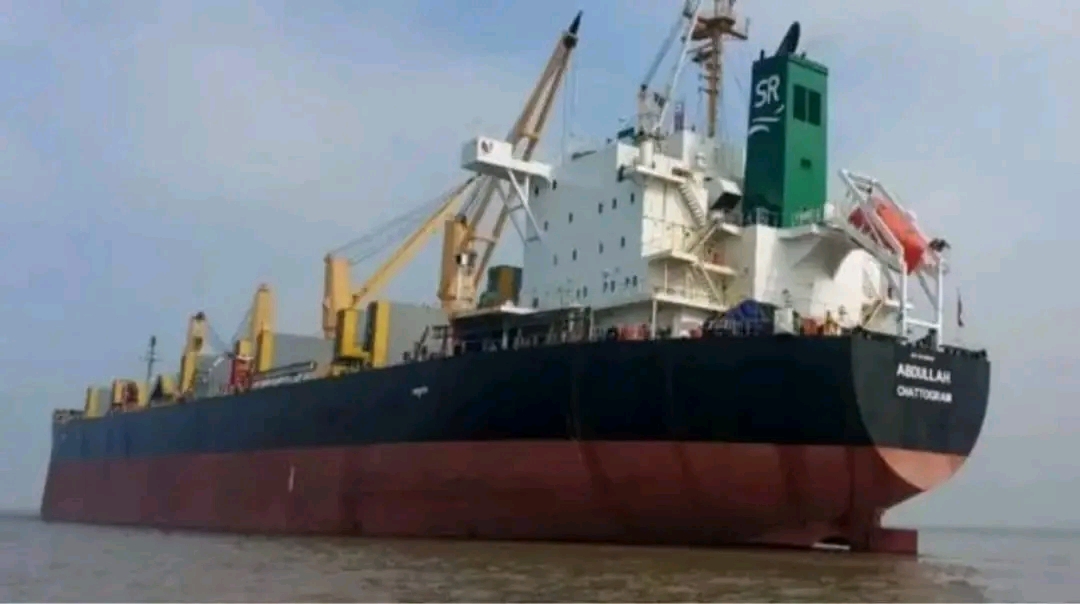
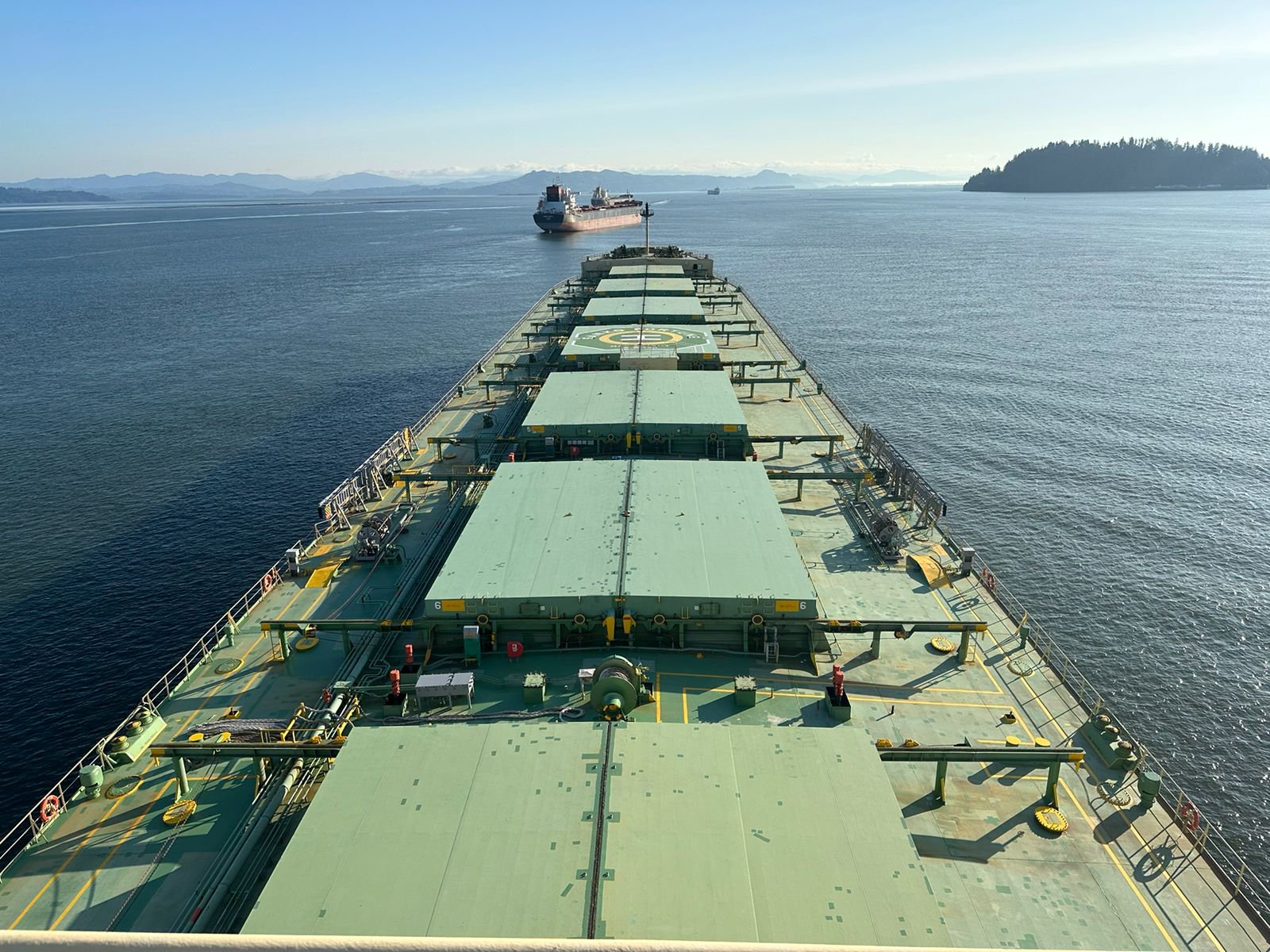
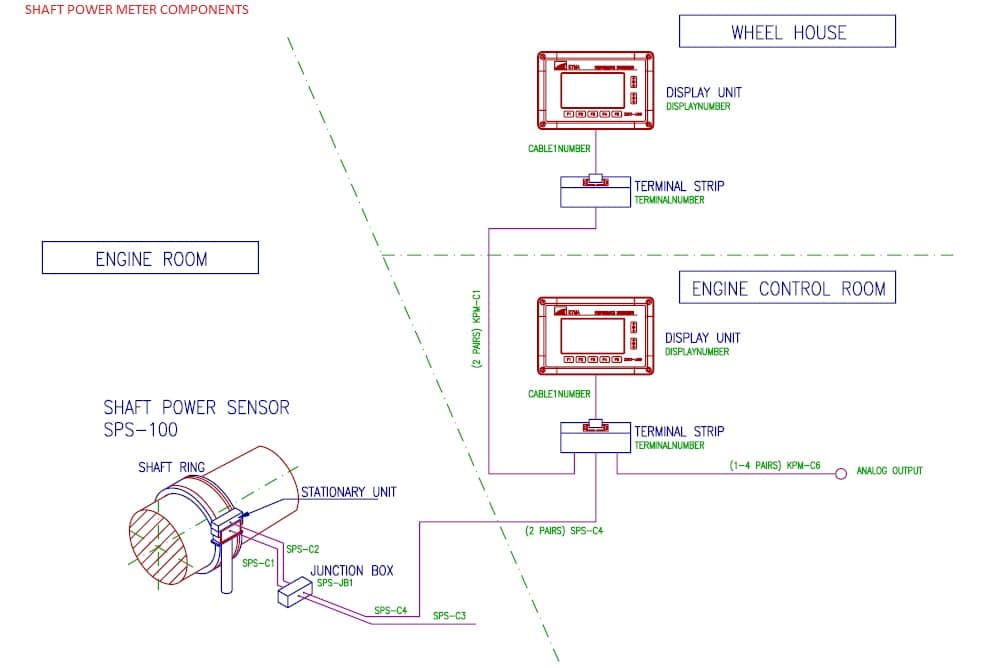
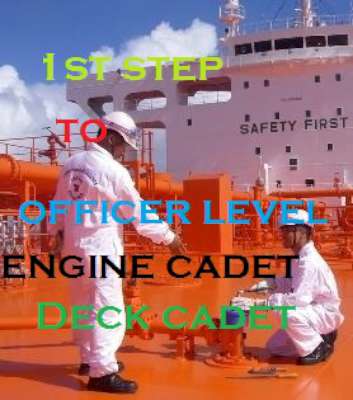
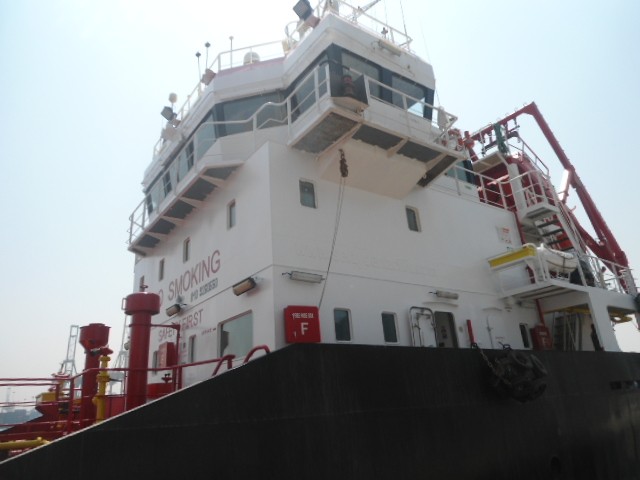


1 thought on “5 ways to avoid ship collision”
Pingback: 20 Deck Marine COC And Interview Questions + Answers You May Know. - Marine And Offshore Insight